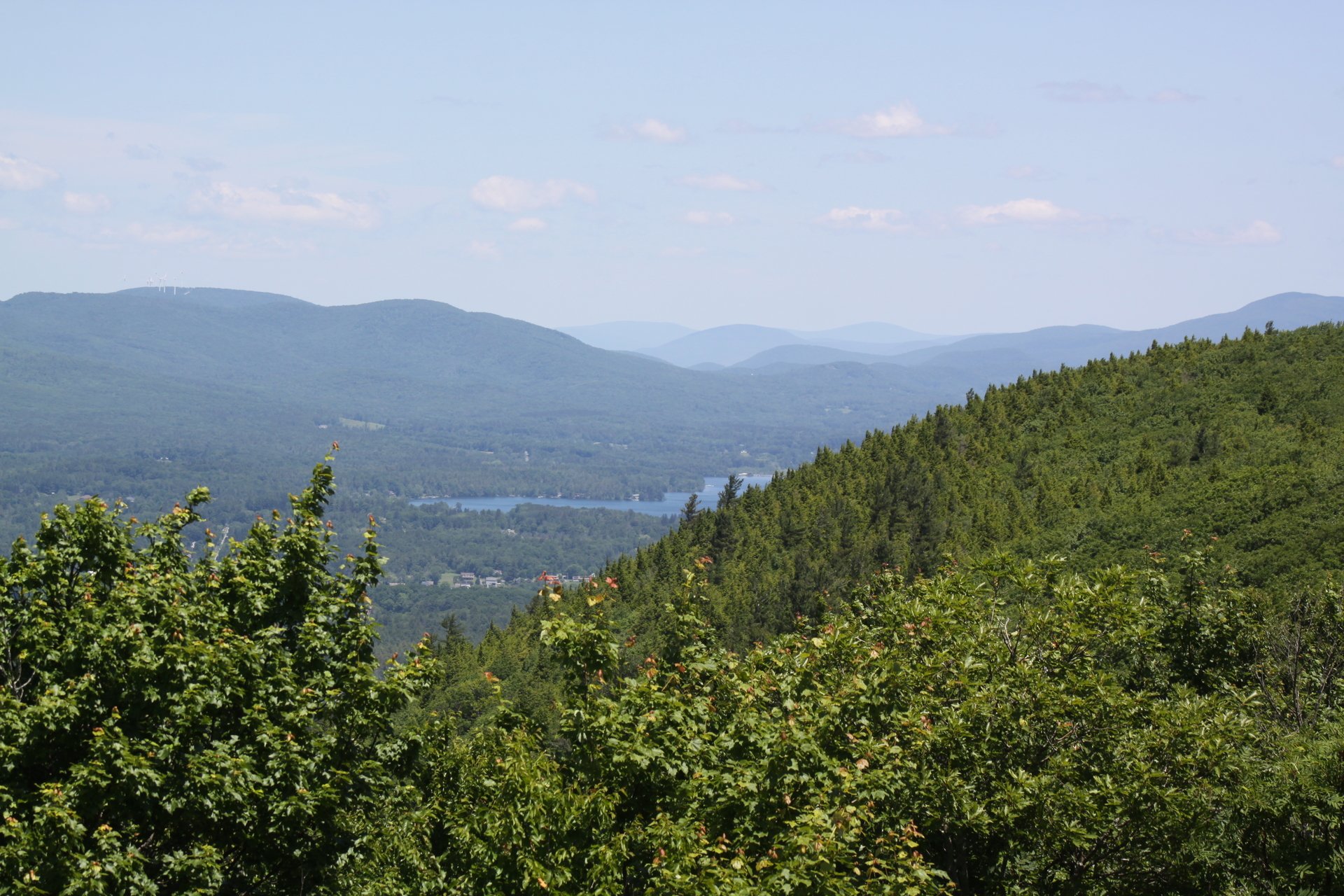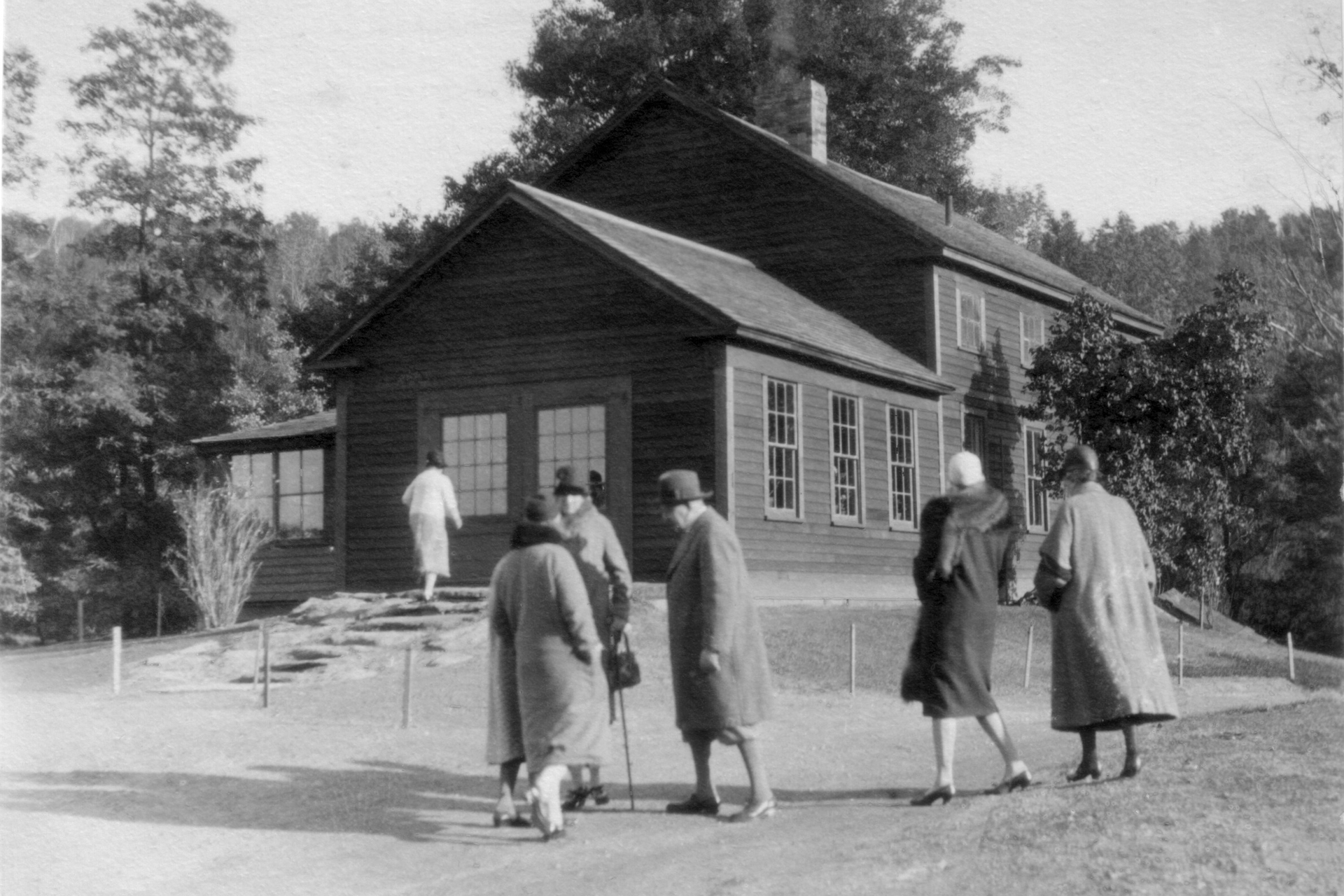Pleasant Valley Wildlife Sanctuary
History of Pleasant Valley Wildlife Sanctuary
In 1929, the Roadside Committee of the Lenox Garden Club purchased the Powers and Crockett Farms to create the 300-acre Pleasant Valley Bird and Wild Flower Sanctuary. A young man from Boston—Maurice Broun—worked tirelessly to create a sanctuary from scratch, laying out trails (most still in use today) and erecting hundreds of bird nest boxes. The idea took hold almost immediately as 4,000 people visited in 1930.
On October 7, 1932, a momentous event occurred when Sanctuary Warden Morris Pell re-introduced beavers to the valley. Today, the sanctuary's beaver colony is among its most "watchable wildlife." Subsequent sanctuary directors and staff members implemented ecological inventories, research projects, and especially nature education beginning in the early 1940s.
An award-winning school outreach program still flourishes today. Alvah Sanborn, who served for 27 years, founded Pleasant Valley's popular natural history day camp in 1947.
Growing Wildlife Sanctuaries in the Berkshires
Mass Audubon acquired Pleasant Valley by gift in 1950. During the next three decades, the sanctuary's education program attained new heights as a succession of Mass Audubon teacher naturalists left a lasting impression on the area's youth.
The 1980s and 90s saw the addition of 600 acres, bringing Pleasant Valley’s total land base to 1,300 acres.
In the intervening time, two new wildlife sanctuaries emerged: Canoe Meadows in Pittsfield and Lime Kiln Farm in Sheffield.
Today, the Mass Audubon collectively protects over 3,400 acres of land across the Berkshire County.




